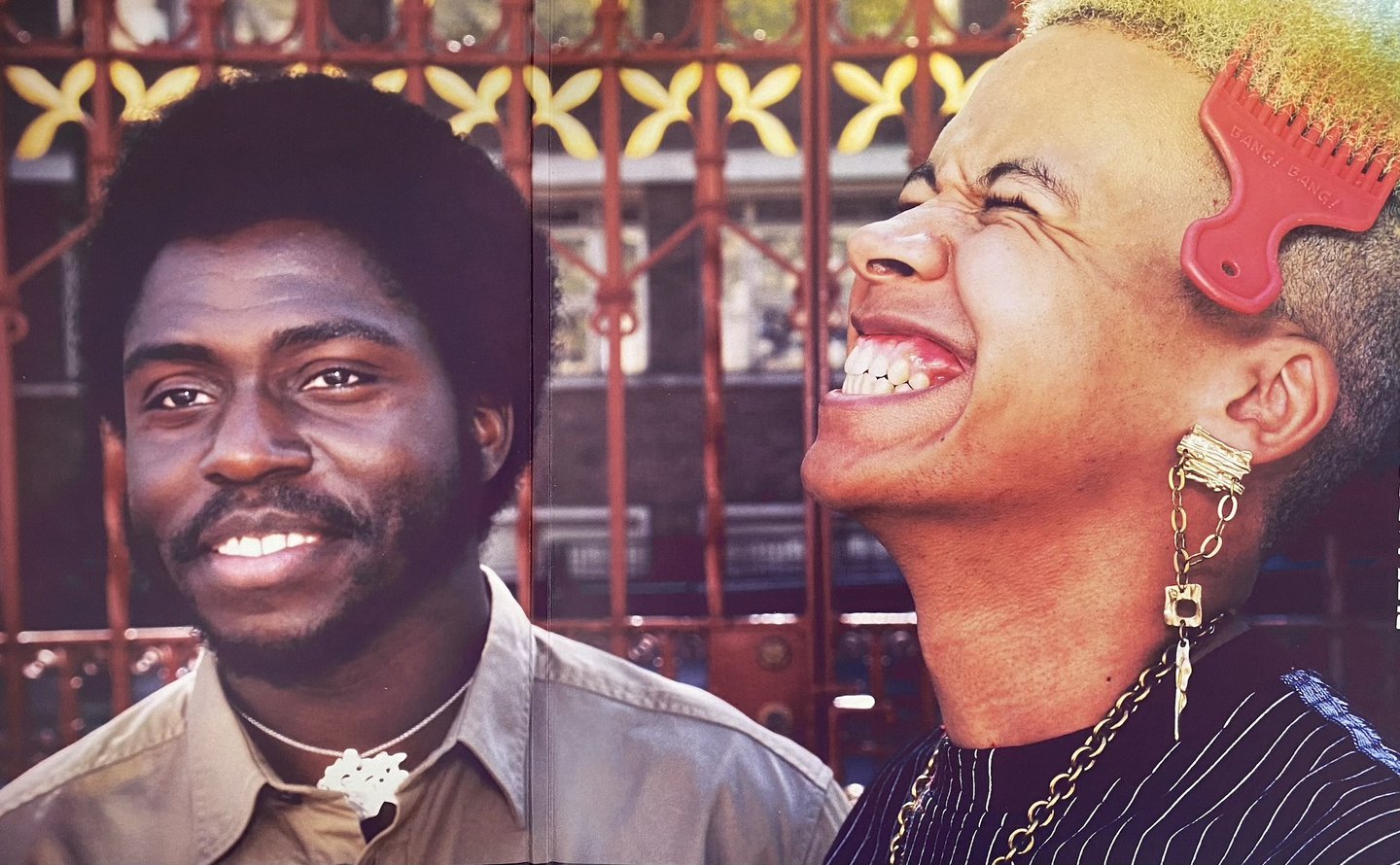INT: You’ve photographed so many stars. What’s your process for capturing them authentically?
JB: Getting to know them relatively quickly in a very short space of time! Letting them feel the relaxed energy from me and then hopefully I get a part of their persona that they may not have shown to somebody else – that’s something I learned on the job. I’ve also trained my mindset to always have an alternative at the back of my head.
For example, there’s a shoot with Nas. Illmatic had just come out, and he was talking about the streets and so on. He’d come over on his first major press conference and I told Sony I wanted to take him around to Soho, and they agreed. I ended up being the last photographer of the day and it was going to have to be in a basement kitchen. I was like, how am I gonna make it look good? I could see he was tired as well. You’ve got 15 minutes, it’s really hard to get into it, and at the same time you’ve got to be empathetic to them and what they do as an artist. I was young at that point as well, and a lot of the time I actually looked younger than what I was – if I was 20, I probably looked like 15. I’d carry prints to prove that I could take a photograph, because people would think I was the stylist on the shoot, and not the photographer. So I thought on my feet. In the dark room, I’d already done some imagery whereby I’d superimposed two images on one and that in the dark room, and I’d done it within the camera with multiple exposure too. I’ve given away a few things here, but the final photograph of Nas itself, people think up to this day that it was done by Photoshop. It wasn’t – it was done in the darkroom by me.
Some of it is down to soft skills and communication, because ultimately as a photographer, you’re talking to people on many different levels, and are having to navigate difficult situations. Sometimes people don’t want to be photographed. I’ve had scenarios where I’ve had to give them a quick “Well, actually, we’re helping each other! If you give me the chance to take your photograph, a label might like it, you might like it, and it goes in a magazine. Then your audience likes it, and your fans buy your music, it generates sales, and makes money.” I broke it down like that, and they were like, “She’s totally right – we doing the shoot.” At the end of the day, an editor’s only concerned with seeing the actual image that you’ve conveyed, not the difficulties that may have arisen along the way.

